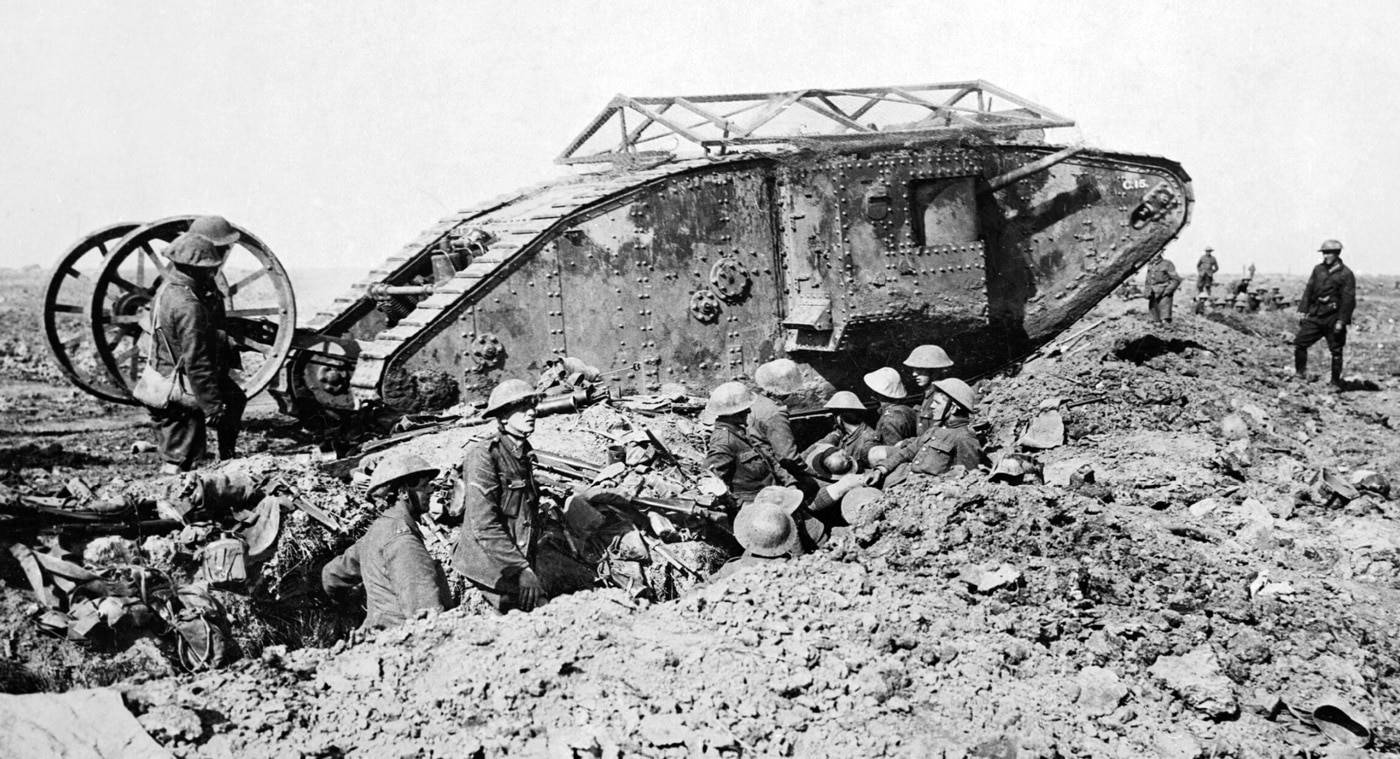The British Mark I tank was introduced during World War I, a conflict that drastically transformed the landscape of warfare. On September 15, 1916, the Kaiser’s First Army in France encountered mechanical monsters unlike anything they'd faced before. The Mark I tanks made their debut at the Battle of Flers-Courcelette, marking the first use of tanks in combat. These tanks were part of the larger Battle of the Somme and were a response to the warfare stalemate on the Western Front. Despite being just four in number during that initial attack, the Mark I tanks notably affected the battlefield, providing the British forces with a fresh tactical advantage against the German troops.

The Mark I was a product of the Landship Committee, inspired by naval models, and backed by Winston Churchill. Distinguished into "Male" and "Female" variants, the tanks were equipped with a combination of cannons and machine guns, though they suffered from many mechanical issues due to the novelty of tank technology. The British tanks influenced future warfare but had operational challenges, such as interior spall from external projectile strikes. Despite these design flaws, the psychological and strategic impact of the tanks was profound, leading to further development and use of armored vehicles in warfare.
As the war continued, both the Allies and Central Powers developed strategies and countermeasures to these new war machines. Germany produced armor-piercing bullets and larger anti-tank rifles like the T-Gewehr. Despite numerous setbacks, including unreliability and vulnerability to specific attacks, the tank's evolution was pivotal in shaping modern military tactics. By the end of World War I, the Mark I and its successors had established the tank as a vital component of land warfare, illustrating the importance of technological advancements in reshaping combat strategies.
To read more about the evolution of tanks and their impact on World War I, visit the full article at British Mark I Tank — World War I Changed Everything.
No comments:
Post a Comment